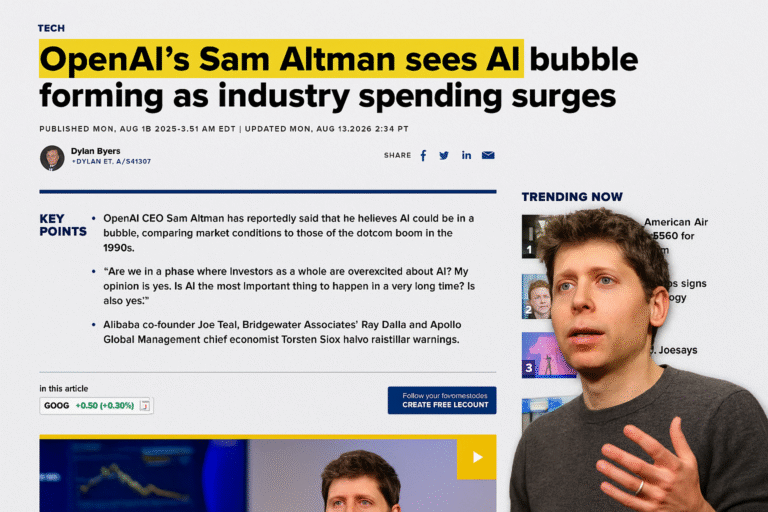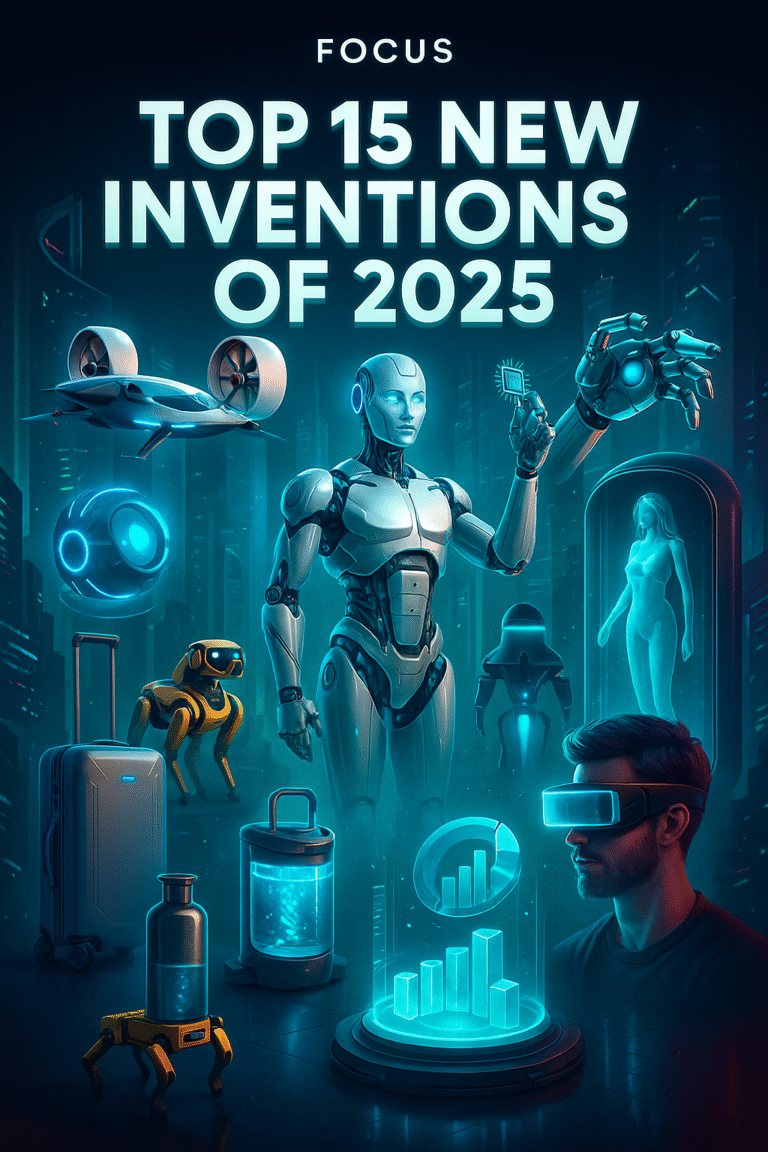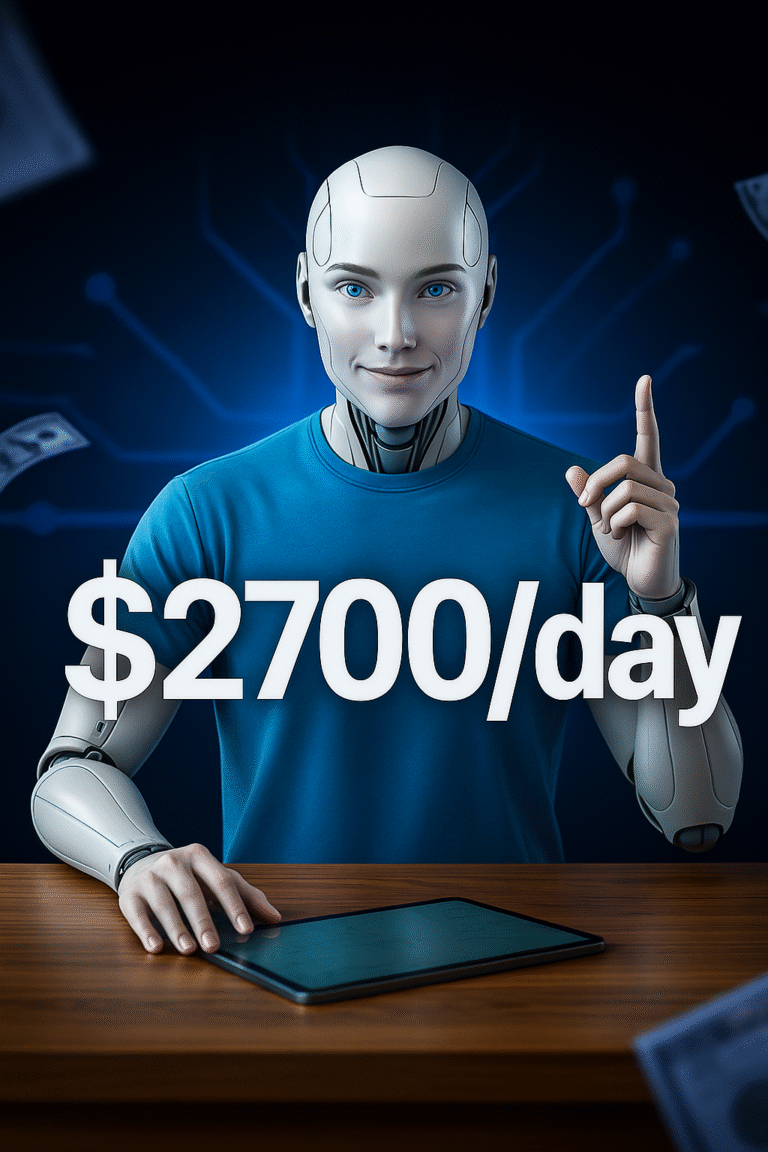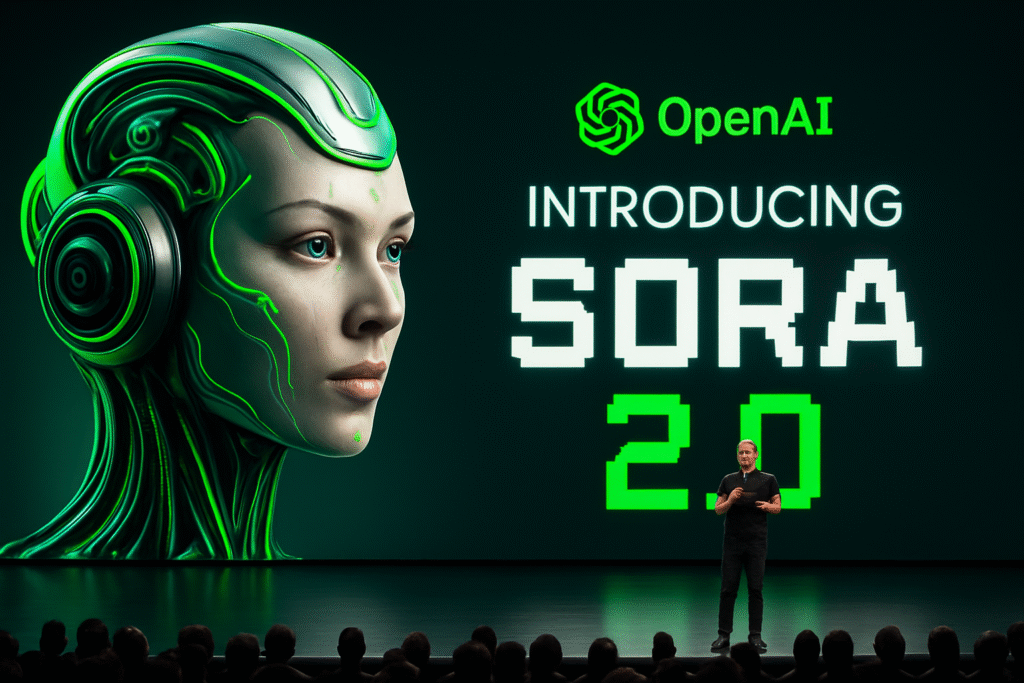
Introduction: What Is OpenAI New Sora 2.0 and Why It Matters
Imagine typing a single sentence and, within seconds, watching it come alive as a realistic video — complete with voices, sound effects, and smooth camera motion. That’s the power of OpenAI new Sora 2.0. Launched in late 2025, this groundbreaking model marks a new chapter in AI-generated video creation.
Just months earlier, Google had unveiled its V3 video generator, a cutting-edge tool built into Gemini and Vertex AI. Yet, the debut of Sora 2.0 immediately sparked comparisons, debates, and viral discussions across the tech world.
While Google aimed at developers and enterprises, OpenAI targeted creators, storytellers, and social media users—a move that could reshape how the world consumes short-form content.
Evolution of AI Video: From V1 to OpenAI New Sora 2.0

How the AI Video Race Began
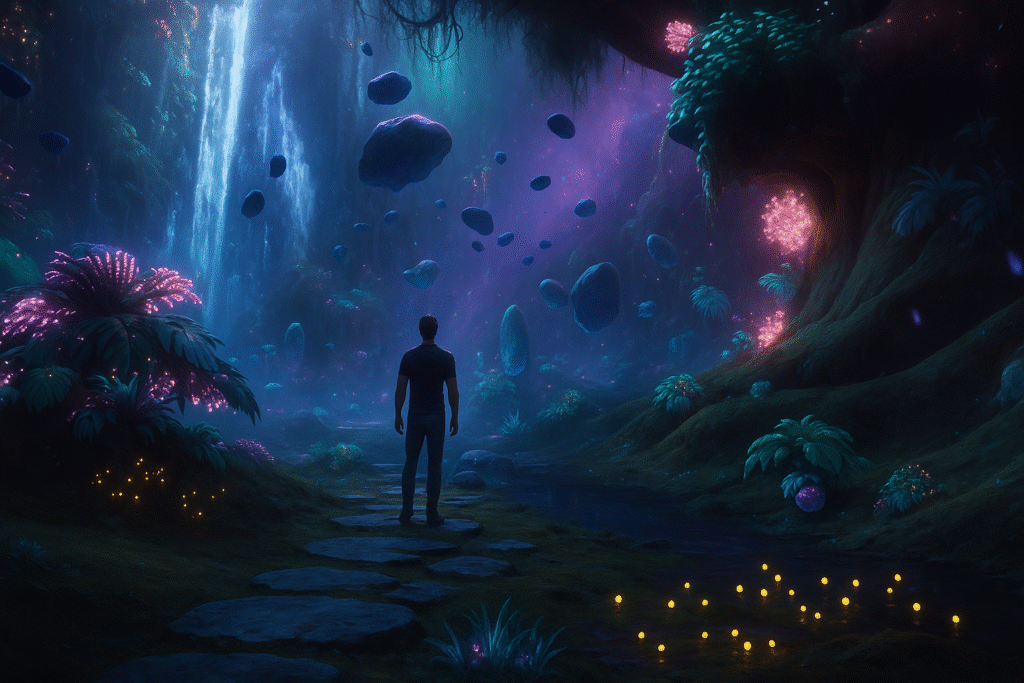
The race began with early experiments like Runway Gen-2 and Pika Labs’ early motion systems. These tools could generate short clips, but they lacked realism and continuity.
Then came Google V3, capable of producing cinematic-quality 8-second videos with precise lighting, textures, and motion—quickly setting a new standard.
Google V3’s Early Dominance
Google’s secret weapon was integration. Through Gemini APIs, Vertex AI, and even Canva, V3 became accessible to developers, designers, and businesses worldwide. For months, it held the crown in the AI video space.
What Makes OpenAI New Sora 2.0 Different
A TikTok-Style Social Platform for AI Creators
Unlike Google’s enterprise-focused ecosystem, OpenAI launched Sora 2.0 inside a dedicated app called Sora—built like TikTok. Users can generate, remix, and share AI-made clips in a social feed, creating a viral loop that encourages creativity and collaboration.
Exclusive Launch: Invite-Only and iOS-First Strategy
Currently, the Sora app is invite-only, iOS-exclusive, and limited to the US and Canada. The slow rollout mirrors OpenAI’s approach with ChatGPT, emphasizing safety, scalability, and hype generation.
Sora 2.0 vs Google V3: Head-to-Head Comparison
1. Realism, Physics, and Visual Fidelity
Google’s V3 raised the bar for cinematic visuals earlier in 2025. But OpenAI new Sora 2.0 takes it further with physically accurate rendering, natural body motion, and improved object collisions—minimizing those eerie “melting” effects common in older AI videos.
2. Audio Synchronization and Sound Quality
While Google V3 can generate sound and dialogue, syncing remains a weak point. In contrast, Sora 2.0 synchronizes dialogue, ambient sounds, and effects perfectly. Lips move in sync with voices, and sounds align seamlessly with actions—making videos feel more authentic.
3. Continuity and Scene Transitions
V3’s videos max out at 8 seconds, often losing character consistency across clips. Sora 2.0 not only matches that duration but maintains continuity across shots, keeping faces, clothing, and lighting consistent—a major leap for short-form storytelling.
4. User Control and Creative Flexibility
Sora 2.0 introduces “steerability”—a feature allowing users to fine-tune style, camera angles, and pacing. Creators can literally direct their AI films rather than hoping for the right output.
5. Ecosystem and Adoption Strategy
Google focuses on developers and enterprises, while OpenAI focuses on viral culture. V3 lives inside Gemini and Canva, but Sora 2.0 lives inside a social network—a fundamental philosophical split.
6. Safety, Moderation, and Copyright Protection
Google uses SynthID watermarking and strict filters to block copyrighted material. OpenAI, however, employs an opt-out model, meaning copyrighted content may appear unless creators exclude it—sparking copyright and deepfake concerns.
The Social Edge: Why Sora 2.0 Wins on Culture
When it comes to cultural influence, OpenAI new Sora 2.0 stands apart from its competitors. While Google’s V3 dominates enterprise use cases, Sora 2.0 captures the creator economy—the heart of today’s digital storytelling.
The Sora app is designed like TikTok, with vertical video feeds, remix options, and instant sharing features. Instead of producing videos for corporate campaigns, creators can now generate AI content for trends, memes, and short-form storytelling—all within seconds.
This social-first approach taps directly into virality. Every clip made in Sora can be remixed, dueted, or reinterpreted by others. That cultural loop is something Google’s ecosystem, centered on APIs and enterprise dashboards, simply can’t match.
Viral Loops and Creator Ecosystem
Sora 2.0’s viral loop is its secret weapon. Each time a user posts a video, others can instantly remix or modify it using prompts, creating infinite variations of the same idea. This not only drives engagement but also helps AI learn what trends and styles resonate with audiences.
For creators, this means faster ideation and less technical work. Instead of spending hours editing footage, they can focus on storytelling—letting Sora handle visuals, audio, and continuity.
Integration with Remix Culture
Remix culture has shaped the internet for decades, from memes to mashups. OpenAI new Sora 2.0 builds directly on that ethos. Every video generated can act as raw material for another. This ability to chain creativity—turning one idea into many—is precisely what makes Sora so revolutionary.
It’s not just a video generator; it’s a creative ecosystem where AI becomes a collaborator rather than a mere tool.
Enterprise Advantage: Why Google V3 Still Holds Ground
Even with all of Sora’s buzz, Google V3 isn’t out of the picture. Its strength lies in scale, reliability, and integration—qualities that businesses trust.
Integration into Gemini, Vertex AI, and Canva
Google’s integration strategy ensures V3 fits neatly into existing workflows. Developers can access it via Gemini APIs, enterprises can deploy it through Vertex AI, and casual creators can use it inside Canva.
This deep integration gives Google a massive enterprise edge. Companies can generate promotional clips, educational visuals, or marketing materials without leaving their preferred platforms.
Scalability and Reliability for Businesses
For enterprise users, stability and compliance matter more than virality. V3’s global infrastructure, hosted on Google Cloud, offers high uptime, secure data handling, and compliance with privacy laws.
While OpenAI new Sora 2.0 is still invite-only and limited to a few regions, V3 operates globally—making it more dependable for large organizations that need scalable AI video solutions.
Technical Deep Dive: How OpenAI New Sora 2.0 Works
Behind the social features lies cutting-edge technology that powers Sora 2.0’s realism and control.
Steerability and Physical Accuracy Explained
Steerability is OpenAI’s term for fine-grained creative control. Users can specify camera angles, pacing, lighting shifts, and even motion transitions. For instance, you can prompt Sora to create a “slow zoom-in during sunset” or a “drone pan through neon city streets,” and it executes with precision.
Unlike older models that hallucinated movement, Sora 2.0 applies physics-based modeling. Objects collide naturally, shadows behave accurately, and character motion feels organic rather than floaty.
Understanding Scene Consistency Across Shots
Consistency has always been a challenge for AI-generated video. Characters often change between frames or scenes, breaking immersion.
Sora 2.0 introduces temporal coherence, ensuring that faces, outfits, and environmental details persist across shots. This makes it possible to create short stories where the same character appears consistently—an essential step toward longer-form AI filmmaking.
Limitations and Challenges Ahead
Despite its advancements, OpenAI new Sora 2.0 isn’t flawless.
Short-Form Ceiling: 10 Seconds Max
Currently, Sora videos are capped at 10 seconds—suitable for short content but limiting for storytelling or cinematic projects. Stitching multiple clips together can cause inconsistencies in color grading, lighting, or motion.
Artifact and Object Distortion Issues
Like all generative systems, Sora sometimes produces visual artifacts, especially in complex scenes involving crowds or dynamic motion. Limbs can appear distorted, objects may blur during rapid movement, and shadows sometimes fail to align perfectly.
These are technical hurdles OpenAI continues to refine, but they remind us that fully realistic, long-form AI films are still on the horizon—not here yet.
Legal and Ethical Dimensions of AI-Generated Video
The rapid rise of AI video raises pressing questions about copyright, consent, and misinformation.
The Copyright Opt-Out Controversy
According to Reuters (September 2025), Sora’s content generation model includes data unless rights holders explicitly opt out. This reversal of the traditional “opt-in” approach has alarmed media companies, studios, and artists.
Critics warn that such policies could flood the internet with unauthorized characters or visuals, potentially sparking major copyright disputes.
Deepfake Risks and Regulatory Concerns
With realism improving, the threat of AI-generated misinformation grows. OpenAI has implemented watermarking and moderation tools, but experts caution that these safeguards can’t yet prevent all misuse.
Governments worldwide are already drafting regulations around synthetic media labeling and creator accountability—a sign that the stakes are higher than ever.
Expert Opinions: Industry Reactions to OpenAI New Sora 2.0
Tech journalists and analysts have been quick to react. TechCrunch describes Sora 2.0 as “part video generator, part social network,” while CNET calls it “the closest AI video has come to true creative expression.”
Meanwhile, The Verge points out that while V3 remains stronger for professional workflows, Sora’s approach could redefine how digital culture evolves.
Impact on Content Creators and Marketers
For marketers, filmmakers, and influencers, OpenAI new Sora 2.0 is a creative catalyst.
Faster Workflow for Social Video Production
Creating short-form content used to require multiple tools—from video editing software to sound design. Sora eliminates that pipeline by generating ready-to-share clips in one step.
This drastically reduces production time for social campaigns and influencer content.
Potential for Viral Storytelling
The real magic happens when Sora combines AI creativity with human storytelling. Marketers can prompt it to create visuals that match brand voice and emotion, while creators can use it to craft memes or mini-narratives that ride cultural trends.
In short, Sora 2.0 empowers creators to go viral faster—without needing professional equipment or editing expertise.
What’s Next for AI Video Generation
Long-Form Content and Interactive AI Videos
The next evolution of OpenAI new Sora 2.0 could be longer-form storytelling—videos extending beyond 10 seconds, possibly even dynamic scenes where viewers interact with AI-generated characters in real time.
The Future of Creative Collaboration
The true frontier lies in human-AI collaboration. As models like Sora and V3 evolve, we’ll see filmmakers directing AI scenes, musicians co-creating soundtracks with AI, and marketers designing entire campaigns using synthetic media.
The line between creator and tool will blur—and the result will be a new era of visual storytelling.
FAQs About OpenAI New Sora 2.0
1. What is OpenAI new Sora 2.0?
It’s OpenAI’s advanced AI video generation model that creates realistic, physics-accurate videos from text prompts within seconds.
2. How is Sora 2.0 different from Google V3?
Sora 2.0 focuses on creators and social engagement, while Google V3 targets enterprises and developers through tools like Gemini and Vertex AI.
3. Is Sora 2.0 available to everyone?
Not yet. It’s currently invite-only, iOS-exclusive, and limited to users in the US and Canada.
4. Can I use Sora 2.0 for commercial projects?
Commercial use may depend on OpenAI’s licensing terms and copyright compliance rules, which are still evolving.
5. Does Sora 2.0 generate sound and dialogue?
Yes. Unlike older systems, Sora 2.0 synchronizes speech and sound with visuals for natural, immersive results.
6. Is AI-generated video safe from misuse?
OpenAI includes watermarking and moderation tools, but like all AI models, responsible use is key to preventing misinformation or misuse.
Conclusion: Is OpenAI New Sora 2.0 the Beginning of a New Video Era?
OpenAI new Sora 2.0 marks a paradigm shift. It merges realism, sound precision, and cultural connectivity in ways no previous model has achieved. While Google V3 remains stronger for enterprise needs, Sora’s social-first, creator-driven approach positions it as the heartbeat of the next content revolution.
Whether for creators, brands, or storytellers, the message is clear: the future of video is AI-native—and Sora 2.0 is leading the charge.
